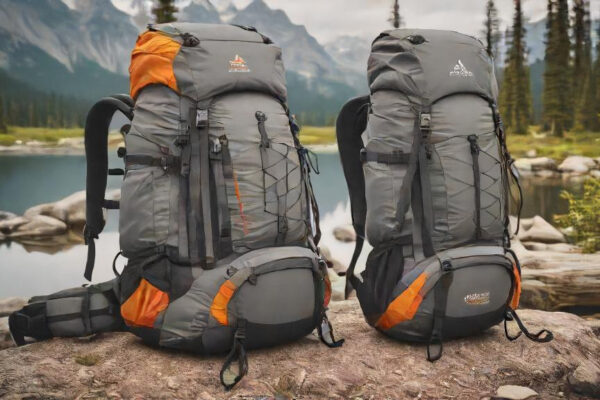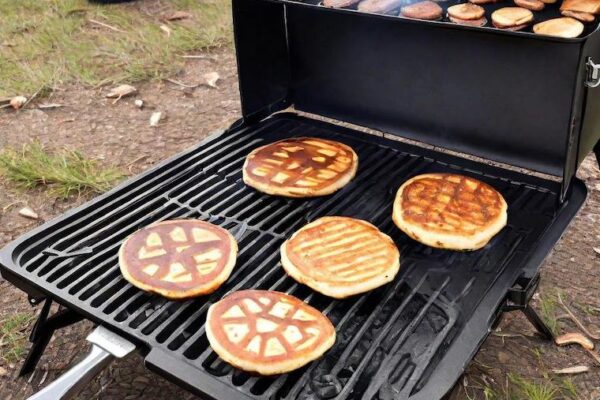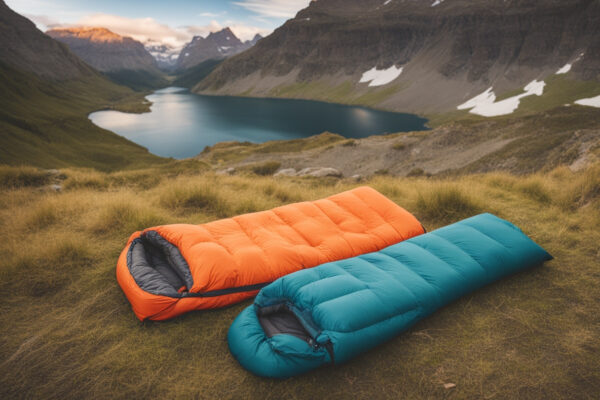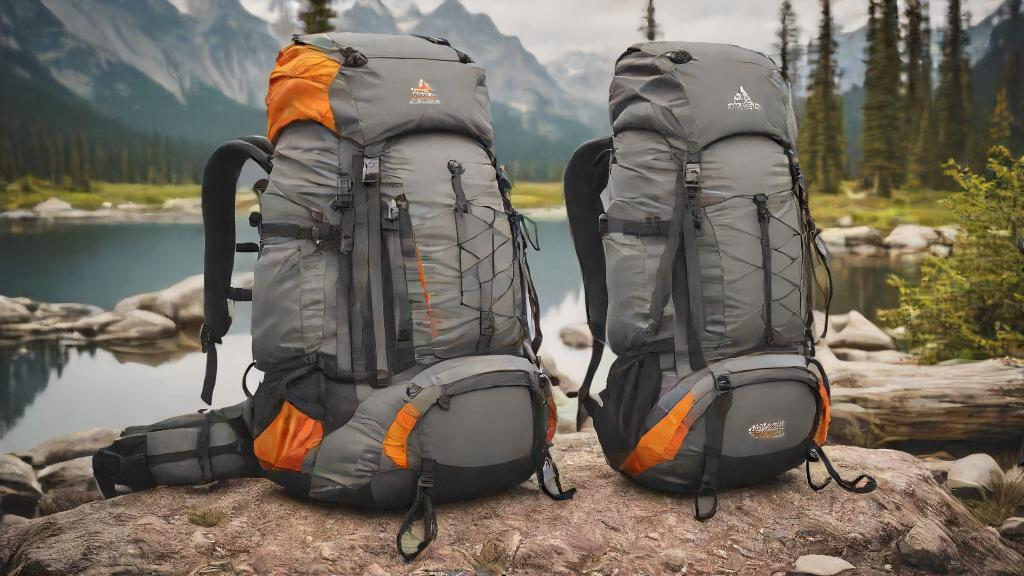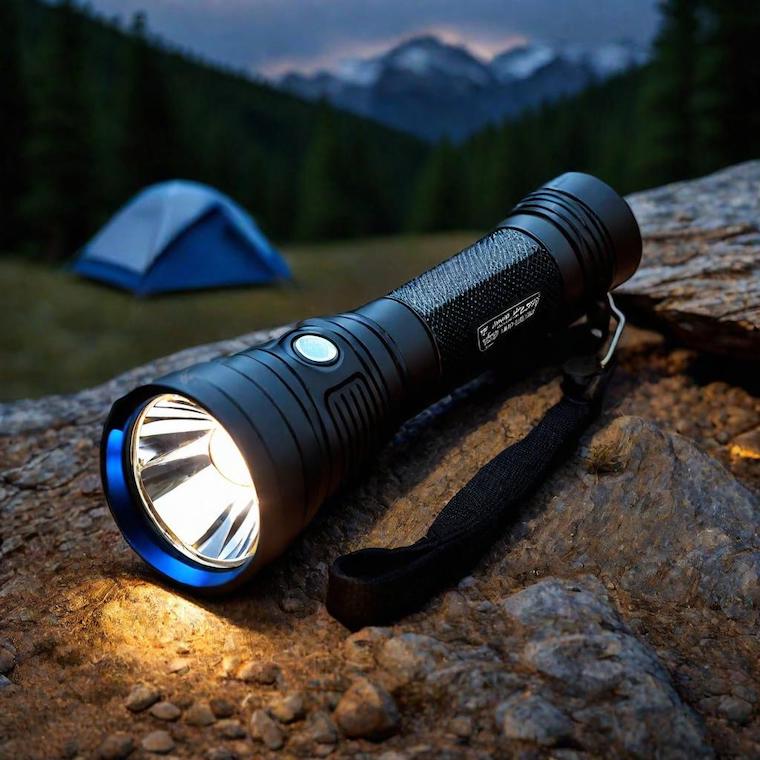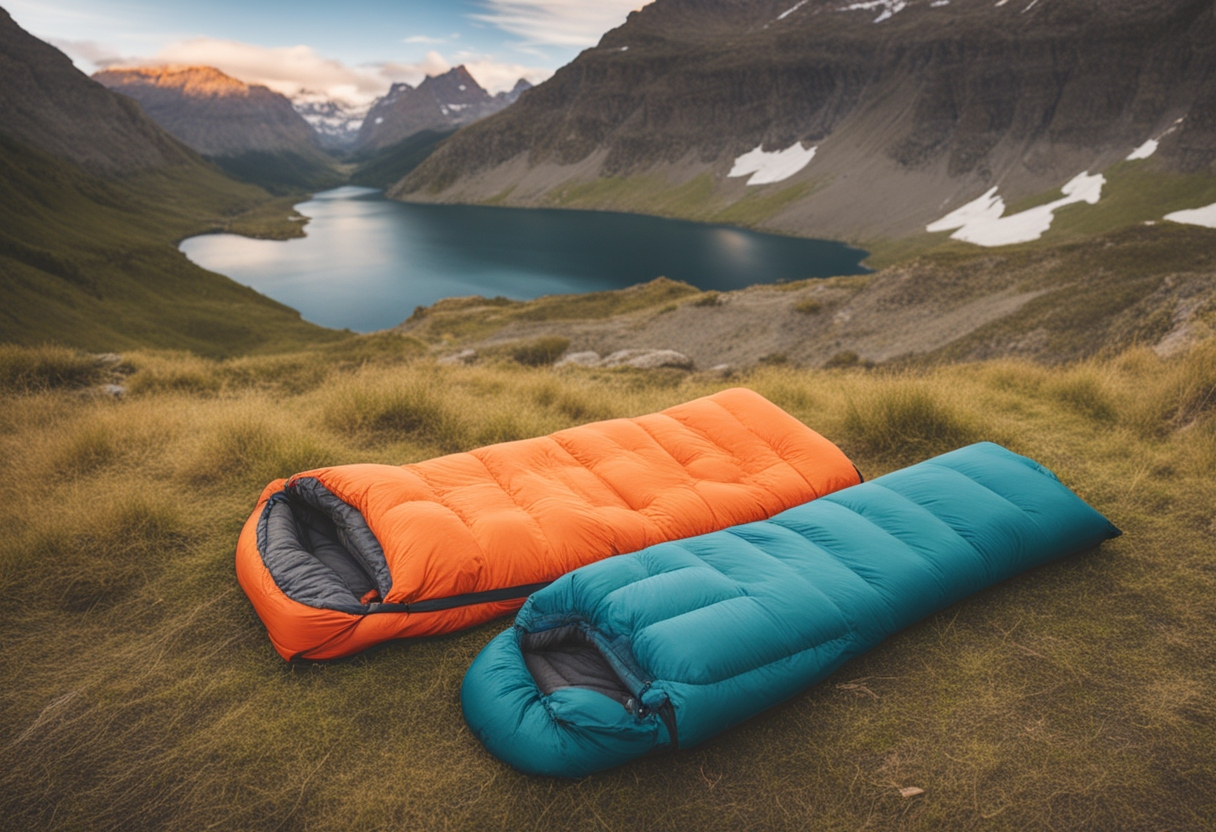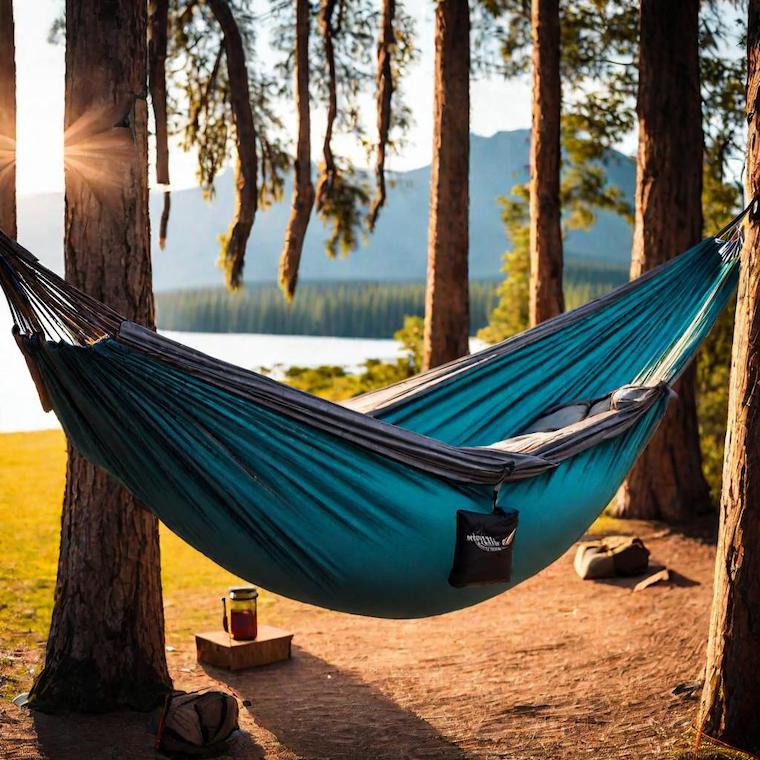
Guide to Choosing the Best Camping Jacket for Your Adventures
A good camping jacket is an essential piece of gear for outdoor enthusiasts, offering protection from the elements and ensuring comfort during your adventures. With a wide variety of options available on the market, it’s important to choose a jacket that suits your specific needs.
When selecting a camping jacket, several key factors should be considered, including weather resistance, insulation, weight and packability, durability and construction, fit and comfort, and additional features. Each of these factors plays a crucial role in determining the suitability of a jacket for your camping trips.
Weather Resistance
When you’re out in the wilderness, your camping jacket becomes your first line of defense against the elements. Whether you’re facing rain, wind, or cold, a weather-resistant jacket can make all the difference in keeping you comfortable and safe during your outdoor adventures.
Water-Resistant vs. Waterproof:
Water-resistant jackets are treated with a durable water repellent (DWR) coating, which causes water to bead and roll off the fabric. These jackets can withstand light rain or drizzle but are not suitable for prolonged exposure to heavy rain or downpours. On the other hand, waterproof jackets are designed to keep you dry even in the most severe weather conditions. They are made from materials like Gore-Tex or eVent, which have a waterproof membrane that prevents water from penetrating the fabric.
Breathability:
While staying dry is important, so is staying comfortable. A jacket that doesn’t breathe well can trap sweat and moisture inside, leading to discomfort and even hypothermia. Look for jackets with breathable membranes or pit zips that allow heat and moisture to escape, keeping you dry from the inside out.
Choosing the Right Level of Protection:
The level of weather resistance you need in a camping jacket depends on the conditions you expect to encounter. For mild weather, a water-resistant jacket may be sufficient. However, if you plan to camp in rainy or snowy conditions, investing in a waterproof jacket with good breathability is essential.
By choosing a camping jacket with the right level of weather resistance, you can stay comfortable and protected no matter what Mother Nature throws your way.
Insulation
When choosing a camping jacket, insulation is a crucial factor to consider, especially if you’ll be camping in colder climates. Insulation helps to retain body heat, keeping you warm and comfortable outdoors. There are two main types of insulation used in camping jackets: down and synthetic.
Down Insulation:
- Pros: Down insulation provides excellent warmth-to-weight ratio, meaning it offers a lot of warmth without adding much bulk. It is highly compressible, making it easy to pack down into a small size. Down jackets are also very durable and can last for many years with proper care.
- Cons: One of the main drawbacks of down insulation is that it loses its ability to insulate when wet. Once down gets wet, it clumps together and takes a long time to dry. Down jackets are also typically more expensive than synthetic jackets.
Synthetic Insulation:
- Pros: Synthetic insulation retains its ability to insulate even when wet, making it a more versatile option for wet or humid conditions. Synthetic jackets are often more affordable than down jackets. They also dry faster and are easier to care for.
- Cons: Synthetic insulation is generally heavier and bulkier than down insulation for the same level of warmth. It also tends to be less durable than down and may compress over time, reducing its insulating ability.
Choosing the Right Insulation:
- For dry, cold conditions, down insulation is an excellent choice due to its lightweight and excellent warmth-to-weight ratio.
- If you expect wet weather or high humidity, synthetic insulation may be a better option as it retains its insulating properties when wet.
- Consider a jacket with a combination of both types of insulation for a versatile jacket that performs well in a variety of conditions.
Weight and Packability
For backpackers and hikers, the weight and packability of a camping jacket are crucial considerations. Carrying heavy or bulky jackets can be cumbersome, especially when you’re covering long distances on foot. Here’s why weight and packability matter:
Importance for Backpackers and Hikers:
- Reduced Burden: A lightweight jacket reduces the overall weight of your backpack, allowing you to hike longer distances more comfortably.
- Ease of Packing: Packable jackets take up less space in your backpack, leaving room for other essential gear and supplies.
- Versatility: A jacket that is both lightweight and packable is versatile and can be easily carried on day hikes or longer backpacking trips.
Lightweight and Packable Camping Jackets:
- Down Jackets: Down jackets are known for their excellent warmth-to-weight ratio and compressibility. Look for jackets with high fill power down for maximum warmth and minimal weight.
- Synthetic Insulated Jackets: Some synthetic insulated jackets are designed to be lightweight and packable while still offering good insulation and weather resistance.
- Shell Jackets: Shell jackets made from lightweight and packable materials like Gore-Tex or Pertex are great for layering and provide protection against wind and rain without adding much weight.
Choosing the Right Balance:
- Consider the expected weather conditions during your trip. A jacket with minimal insulation may be sufficient for warmer climates, while a more insulated jacket is needed for colder temperatures.
- Look for jackets with features like adjustable hoods, cuffs, and hem to help trap heat and block out cold air.
- Pay attention to the jacket’s compressibility. Some jackets come with their own stuff sack for easy packing.
Durability and Construction
When it comes to camping jackets, durability is paramount. Outdoor activities can be tough on gear, so choosing a jacket that can withstand rugged use is essential. Here’s why durability and construction matter:
Importance for Outdoor Activities:
- Protection: A durable jacket provides protection against abrasions, tears, and other damage, ensuring it lasts through many adventures.
- Longevity: A well-constructed jacket will last longer, saving you money in the long run by not having to replace it frequently.
- Reliability: In harsh conditions, such as heavy rain or strong winds, a durable jacket will continue to provide the protection you need.
Types of Construction Methods:
- Seam Taping: Jackets with taped seams are more waterproof because they prevent water from seeping through the stitched seams. Look for jackets with fully taped seams for maximum protection.
- Reinforced Areas: Some jackets feature reinforced areas in high-wear areas like the shoulders, elbows, and cuffs. This added durability ensures these areas are less prone to damage.
Recommended Jackets:
- Hardshell Jackets: Hardshell jackets are typically more durable and offer better protection against the elements. Look for jackets made from high-quality materials like Gore-Tex or eVent for the best durability.
- Softshell Jackets: Softshell jackets are more flexible and breathable than hardshell jackets but may sacrifice some durability. Look for jackets with reinforced areas in key areas for added durability.
Choosing a Durable Jacket:
- Consider the activities you’ll be doing and the environments you’ll be in. For more rugged activities or harsher conditions, opt for a jacket with a higher level of durability and construction.
- Look for jackets with features like reinforced zippers, adjustable cuffs, and durable fabric that can withstand abrasions and tears.
- Read reviews and seek recommendations from experienced outdoor enthusiasts to find jackets known for their durability and construction.
Fit and Comfort
Choosing a camping jacket with the right fit is crucial for comfort and mobility during outdoor adventures. Here’s why fit matters and how to find the perfect jacket:
Importance of Proper Fit:
- Comfort: A well-fitting jacket will feel comfortable against your skin and won’t restrict your movements, allowing you to move freely during activities.
- Mobility: Proper fit ensures that the jacket doesn’t hinder your movements, whether you’re hiking, climbing, or setting up camp.
- Layering: A good fit allows you to layer clothing underneath the jacket for added warmth in cold weather.
Tips for Choosing the Right Fit:
- Try Before You Buy: Always try on a jacket before purchasing to ensure a proper fit. Pay attention to how the jacket feels when you move your arms and shoulders.
- Consider Layering: If you plan to wear multiple layers underneath the jacket, choose a size that accommodates these layers without feeling too tight or restrictive.
- Adjustable Features: Look for jackets with adjustable features such as cuffs, hems, and hood, allowing you to customize the fit for optimal comfort.
- Movement-Friendly Design: Choose a jacket with a design that allows for a full range of motion, especially in the arms and shoulders. Features like articulated sleeves and stretchy fabric can enhance mobility.
Recommended Jackets:
- Athletic Fit Jackets: These jackets are designed to be more form-fitting, providing a sleek look without sacrificing mobility.
- Adjustable Features: Jackets with adjustable cuffs, hems, and hood allow you to tailor the fit to your liking, ensuring maximum comfort.
- Layering-Friendly Design: Look for jackets with a roomy enough fit to accommodate layers underneath, such as fleece or insulated jackets, for added warmth in cold weather.

